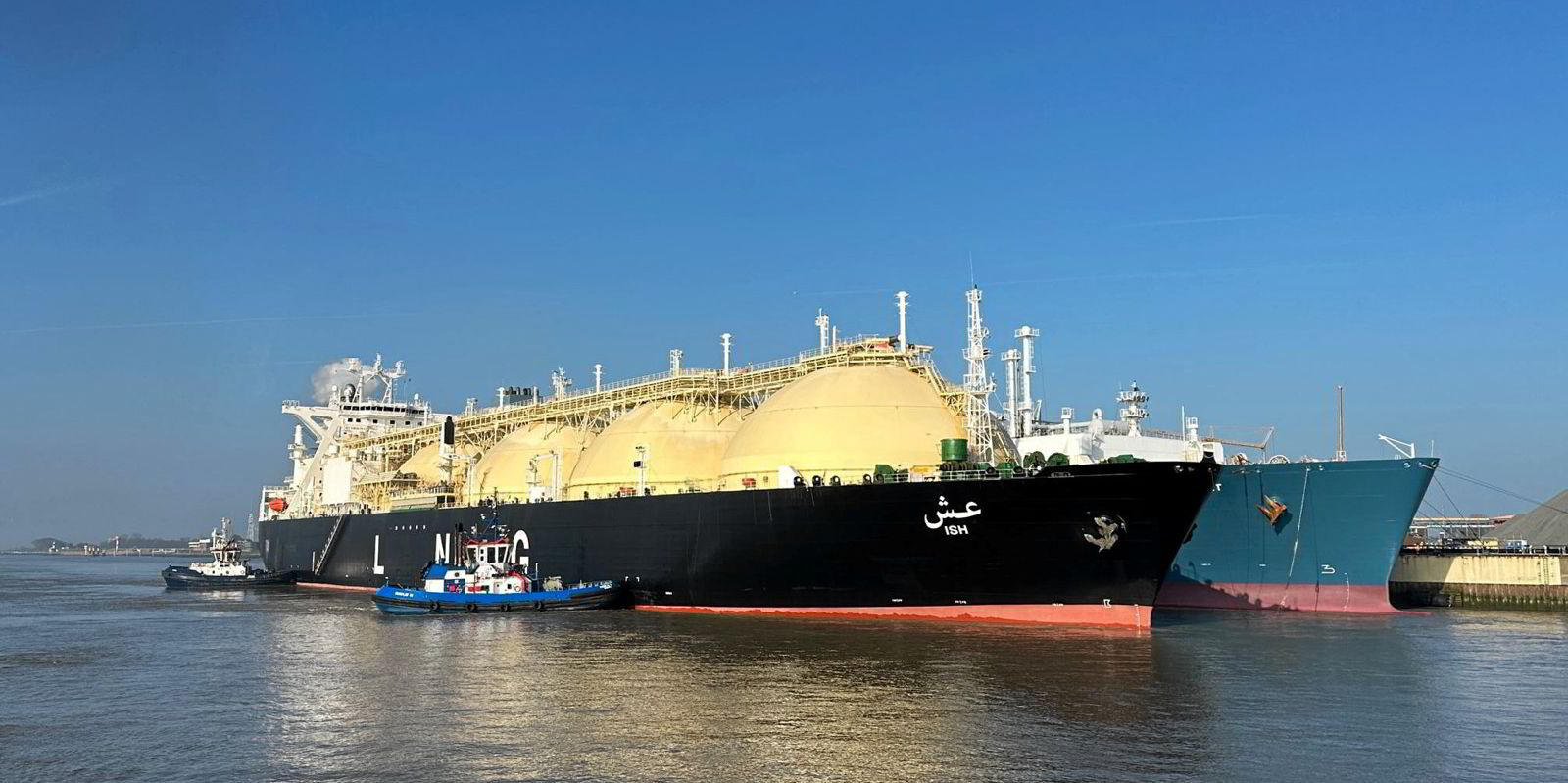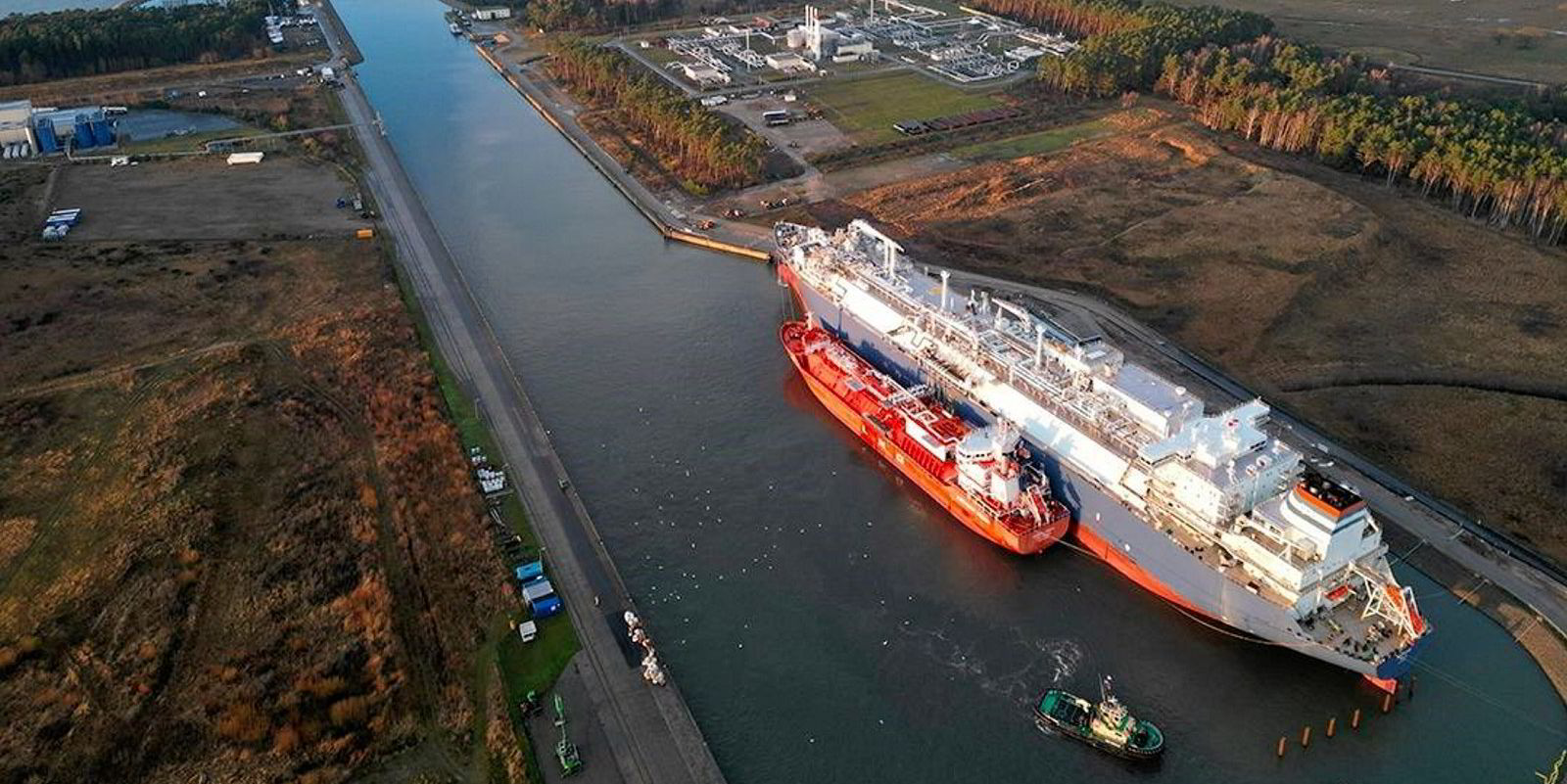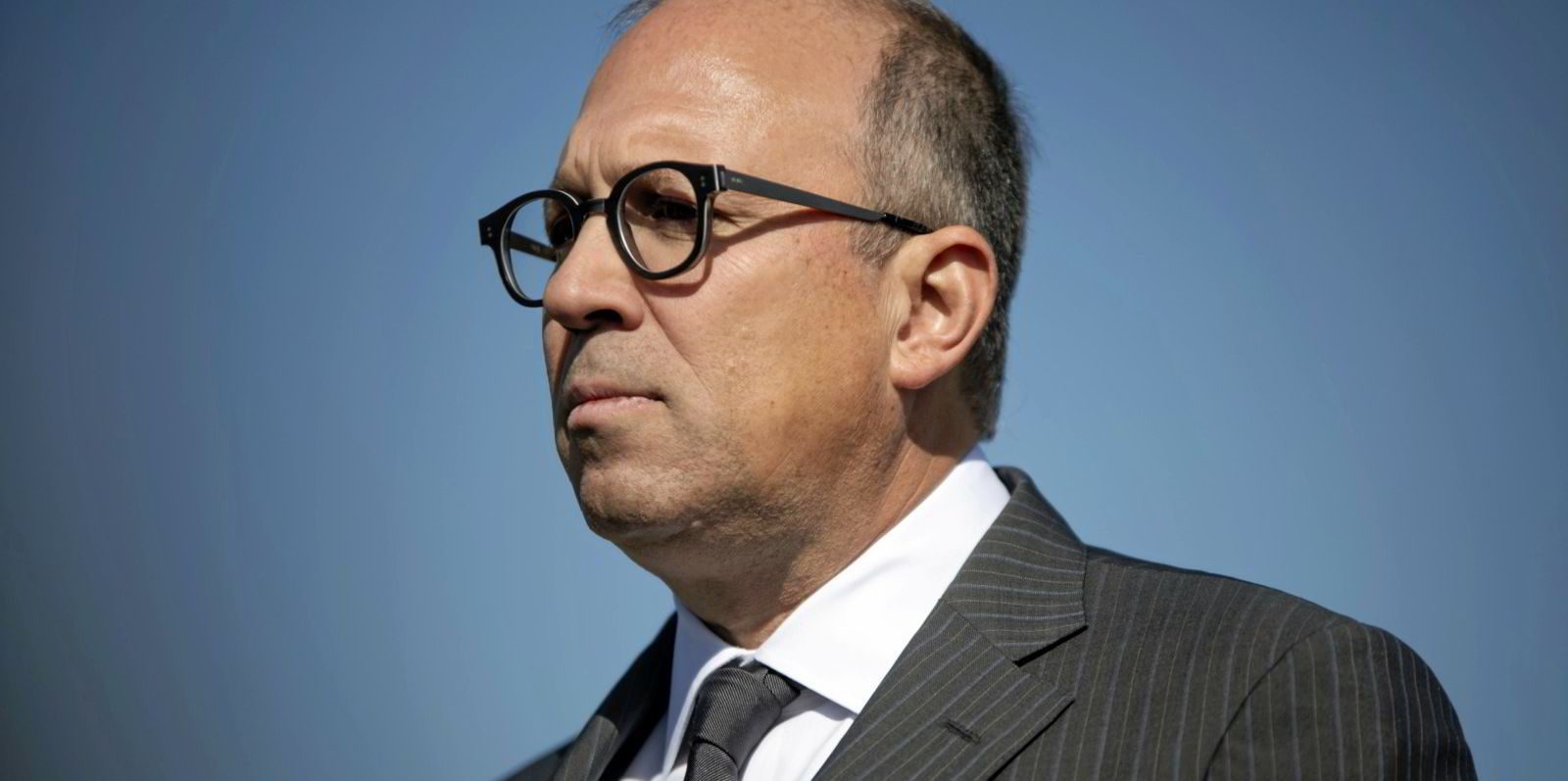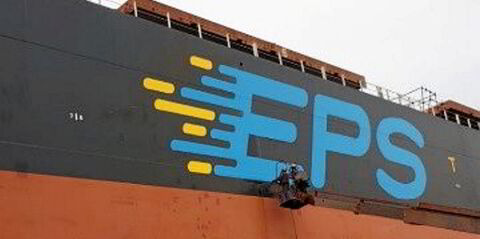LNG availability to Europe will be insufficient to meet the fall in Russian pipeline gas flows in 2023, so demand savings and storage will be needed to fill the gap, according to data analyst Kpler.
At a forum to kick off International Energy week in London, Kpler analysts said European LNG supply could increase by 11% in 2023, rising by about 14 million tonnes to 139m tonnes.
Kpler Insight senior LNG analyst Laura Page said global LNG supply is estimated to reach 419m tonnes in 2023, up from 400m tonnes last year with additions from the return of Freeport LNG, Snohvit LNG and the ramp-up from Calcasieu Pass, the Coral-Sul FLNG unit off Mozambique.
But only 6.8m tonnes of new liquefaction capacity is expected to be added, down from 19.4 million tonnes per annum in 2022, with unplanned outages and deeper maintenance than expected posing risks.
The analyst said growing LNG supply and demand destruction in Japan and South Korea would support increased LNG availability to Europe.
Asian LNG demand is expected to rise by 5m tonnes in 2023 over the previous year but will lag behind levels seen in 2021. However, it could limit the increase in cargo arrivals to Europe.
She added that terminal expansion in Europe is expected to continue — highlighting projects in France, Italy, Greece and Germany — as the region continues to diversify away from Russian pipeline gas.
But Kpler lead natural gas analyst Eleni Papadopoulou said growth in LNG would be slow and insufficient to cover the decline in Russian pipeline gas imports and demand and storage will need to come into play
She reminded that European Union member states are committed to around 15% mandatory gas demand savings this winter.
Demand savings
Papadopoulou said these EU gas demand savings are still in place and may be extended. “We expect some of them to materialise in 2023.”
The Kpler gas analyst said EU gas storage is currently about 62% full and, based on current consumption, is expected to end March at around 50% full.
For 2023, she said: “We expect Europe to almost meet its mandated storage target.”
But Papadopoulou cautioned “This is not time to fully relax.
“Fears of depleted storage are subdued for now but there is still a high risk from any outages and from LNG availability, especially stemming from the uncertainty of Chinese gas consumption as the market reopens, and there are also regional differences within Europe itself,” she said.
Page said the market may see less price volatility this year as there is not as much uncertainty about Russian pipeline gas flows and any further declines will be “very minimal”.
“We won’t see those $100 per MMBtu prices again,” Page said. But she said the biggest risk is China in the second half of this year which could support prices and lead to much more competition with Europe.
Page said price-sensitive Asian buyers are already being seen re-entering the market, which could potentially push prices higher in the third and fourth quarters.
“This year might be a tale of two halves,” Papadopoulou said.
With an expectation of higher LNG demand from China in the second half of 2023, she said there is a higher probability of increased competition for LNG cargoes between Europe and Asia from this summer.
“Hopefully we are all prepared,” she added.






